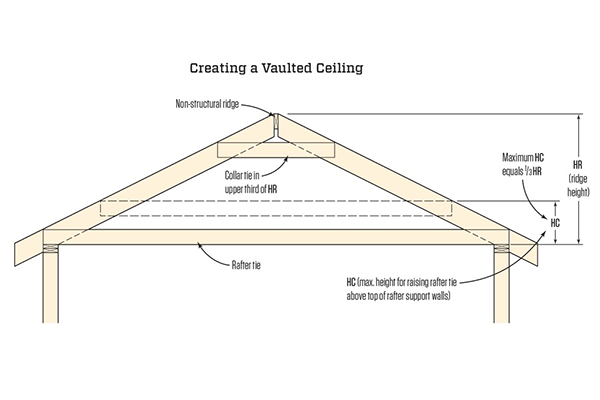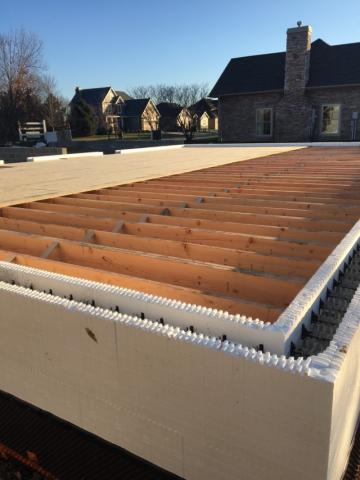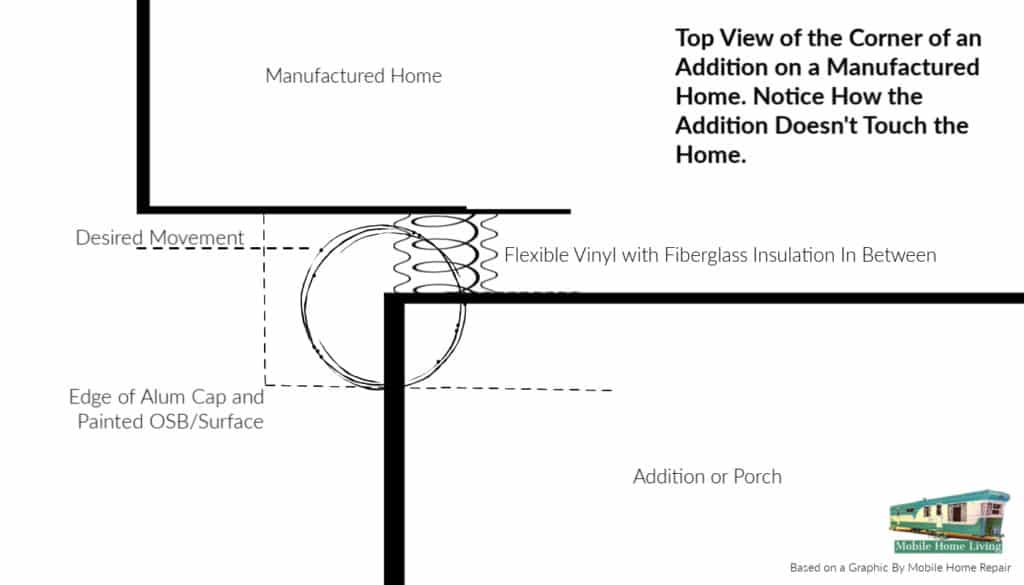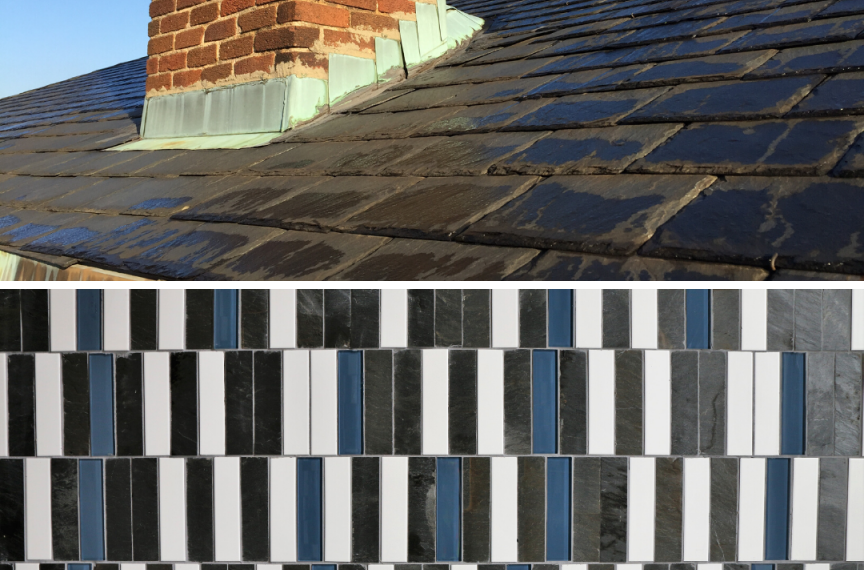Rafter span tables use these tables to determine lengths sizes and spacing of rafters based on a variety of factors such as species load grade spacing and pitch.
Stick built roof 2x4 collar tie max lenght.
Take the collar tie up to the attic and lift it into position to check for the fit.
Where l is the rafter length projected onto the horizontal plane d is the rafter tributory width and σ is the roof loading projected onto the horizontal plane.
The use of projections onto the horizontal plane seems to be the most commonly used approach.
Visit the roof framing page for more information on cutting roof rafters and visit the roof pitch calculator for determining rafter lengths based on rise and run.
However constructing a stick framed roof is not always easy.
Collar ties must be at least 1x4s.
When attached to a small rafter such as a 2x4 or 2x6 a larger collar tie can provide more nailing area.
The tie will go from one side of a roof rafter to an adjacent rafter but on the opposite side.
The irc one size fits all requirement for collar ties and ridge straps is three 10d nails at each end of the collar tie or strap as provided in table r602 3 1.
Rafter and collar tie tension equation.
A collar tie is a tension tie in the upper third of opposing gable rafters that is intended to resist rafter separation from the ridge beam during periods of unbalanced loads such as that caused by wind uplift or unbalanced roof loads from snow.
Step 3 install collar tie to roof rafters.
Whether it s because of the growing size of houses or because roofs are getting more complicated the code requirements for stick framing roofs have become more complex.






























